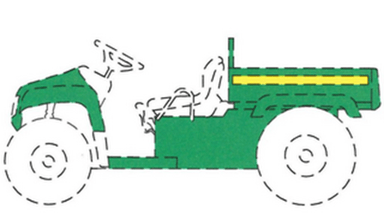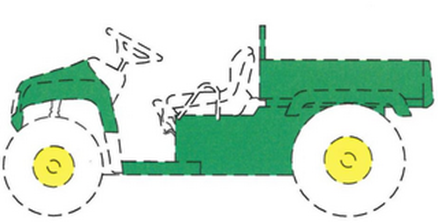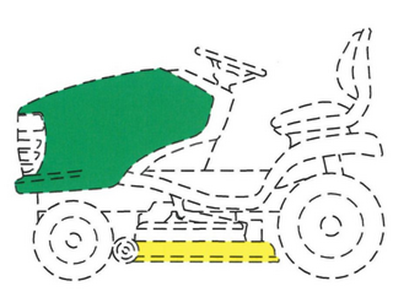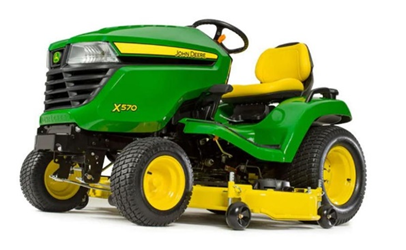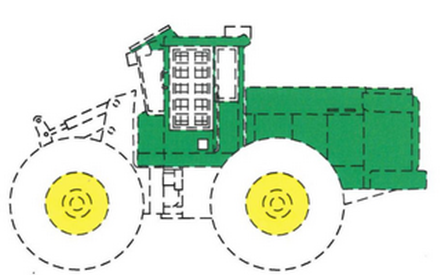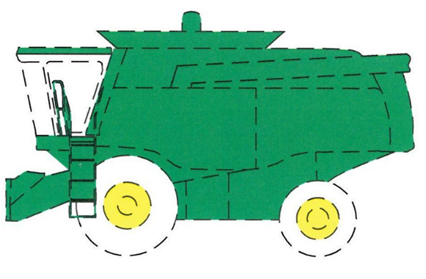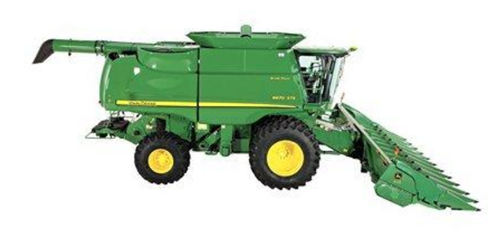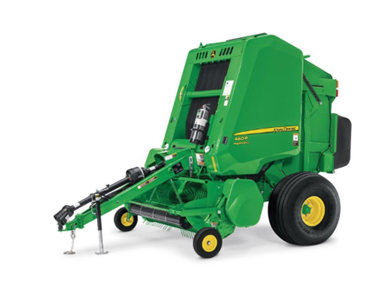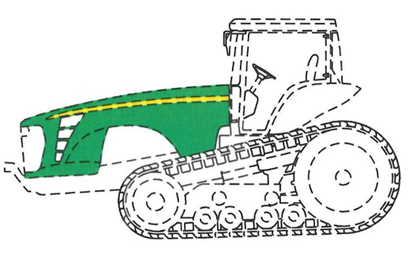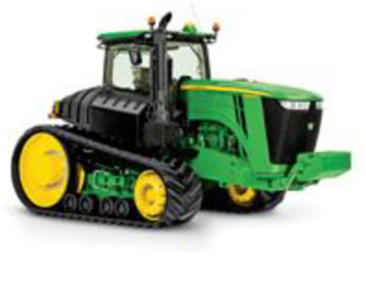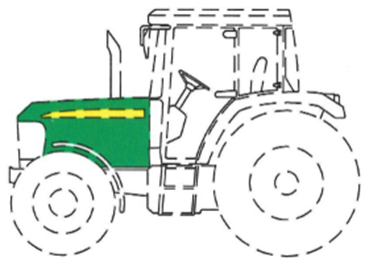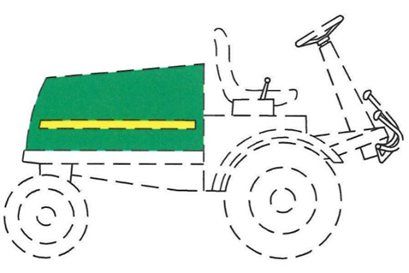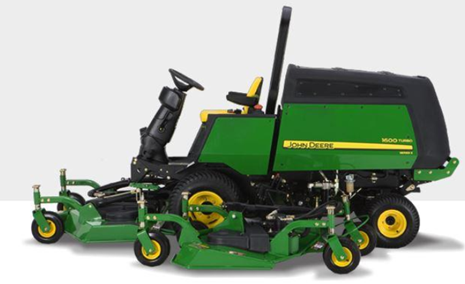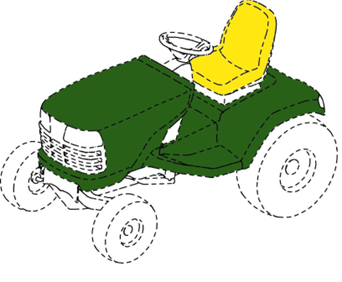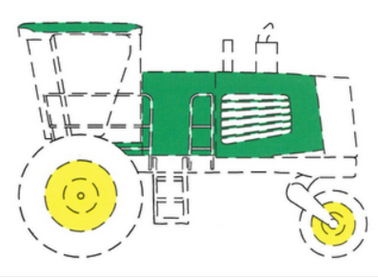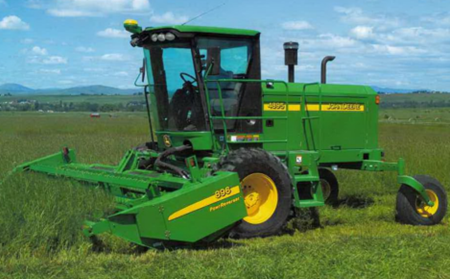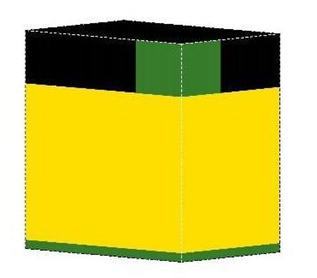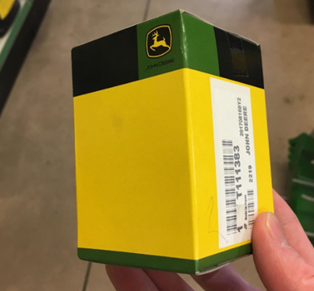02-28-2024 |
Brand Owners: “Your True Colors Are Beautiful” – And Worthy of Protection! Have You Filed a Color Trademark Yet?
By: Christopher Proskey

As a child of the 1980s, I’d be remiss if I didn’t kick this blog post off with a nod to the pink-haired Cyndi Lauper (a trademark owner herself), who perhaps said it best in her 1986 hit “True Colors:”
“I see your true colors
Shining through
I see your true colors
And that's why I love you
So don't be afraid to let them show
Your true colors
True colors are beautiful
Like a rainbow”
As noted by Cyndi, your true colors are beautiful.
As a trademark attorney, I agree, your true colors are, indeed, beautiful. They are also valuable. And anything that is valuable should be protected – otherwise it could be lost or stolen.
The great news is recently there have been significant developments in trademark law and practice that allow for expanded protection for #ColorTrademarks.
What is a Color Trademark?
The three basic requirements for trademark protection are:
1) the mark must be used or intended-to-be-used in commerce,
2) it must be non-functional, and
3) it needs to have a certain degree of distinctiveness.
Traditionally, trademarks have been used to protect a company’s name or logo. Names can be protected with a “Standard Character Mark,” which only protects the words/characters of the mark without providing any protection for the designs or colors. Designs and logos can be protected with a “Design Mark,” which conventionally protects design elements of a mark.
However, the Trademark Manual of Examining Procedure (“TMEP”) §1202.05 also statutorily allows for protection of a company’s colors.
Brand colors can be registered on the Principal Register if the mark meets an “acquired distinctiveness” standard (under §2(f) of the Trademark Act (15 U.S.C. §1052(f))). In order to meet the burden of proving acquired distinctiveness, the applicant must demonstrate source-indicating significance of their mark/color in the minds of consumers. One method that may prove successful in establishing acquired distinctiveness is to prove substantial use of the color mark for a period of five years or more. If the color mark has not been used for five years or more, it can be registered on the Supplemental Register, which grants most rights of a trademark registered on the Principal Register, while the color mark continues to be used until it acquires distinctiveness. (You can see a related blog post on the Supplemental Register here).
While color trademarks have existed for some time, protection of colors by brand owners has been, and continues to be, sparingly used with relatively limited scope. However, recently, we have seen more brands make broader efforts to protect their colors using trademarks in creative and expansive ways.
John Deere’s Iconic Green and Yellow
One example of this is John Deere. I recently reviewed a portfolio of #ColorTrademarks the company filed to protect its iconic green and yellow color scheme. A few examples of color trademarks John Deere obtained registrations for are shown below (with more at the bottom of this post).
|
Color Trademark Application Drawing |
Specimen Filed with the USPTO |
|
Registration No. 3,964,879 |
|
|
Registration No. 3,964,878 |
|
|
Registration No. 3,969,180 |
|
|
Registration No. 4,084,102 |
|
The iconic green body and yellow wheels of John Deere’s equipment are a great example of how trademark protection can be obtained for a color mark on a product. John Deere has been painting farm equipment green and yellow for over 100 years. This color scheme has no function and therefore this color scheme is eligible for protection as a color trademark. Due to the consistent use of this color scheme, consumers (myself included – yes I own a John Deere) have come to instantly and unquestionably recognize green and yellow equipment as being exclusively John Deere.
John Deere’s Path to Color Trademark Protection
Today, John Deere owns a broad and creative portfolio of color trademarks. John Deere cultivated this trademark portfolio at much expense and effort so as to prevent others from using a green-and-yellow color scheme in the ag and industrial equipment industry – and largely it has worked!
However, the process was not an easy and straightforward path. John Deere had been manufacturing green and yellow ag equipment for decades before brand colors could be trademark-protected. As such, up until relatively recently, many manufacturers made farm equipment using a similar if not identical green and yellow colors.
Prior to 1946, when the Lanham Act was passed, color was not statutorily eligible for trademark protection. The purpose of the Lanham Act was to modernize the state of trademark law, which happened to include permitting color to be trademarked.
Panther Pink Insulation: In a 1985 case before the U.S. Court of Appeals, Federal Circuit, the court held that Owens Corning was entitled to register the single color “pink” as a trademark for its fibrous glass residential insulation. In re Owens-Corning Fiberglas Corp., 774 F.2d 1116 (Fed. Cir. 1985). Specifically, the court held that the color “pink” had no utilitarian purpose, nor did it deprive competitors of any reasonable right or competitive need. Id. This paved the way for Owens Corning to secure trademark registration for the color “pink” for its insulation.
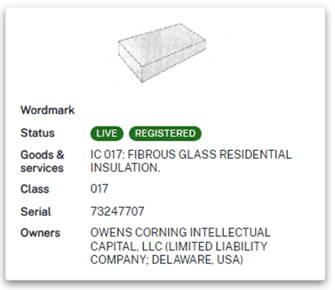
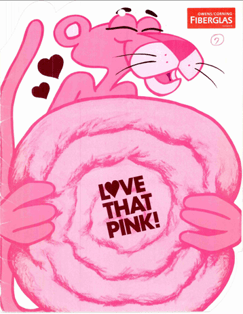
Left: Owens Corning Trademark for “pink” insulation. Right: One of the Specimens-of-Use filed in the application to support registration of the mark.
In the wake of the Owens Corning “pink” insulation cases and the resulting registered trademarks, John Deere endeavored upon building a trademark portfolio protecting its unique green and yellow color scheme as applied to its broad portfolio of equipment.
There was one problem though, by this time many other equipment manufacturers were mimicking John Deere and manufacturing green and yellow equipment and accessories. John Deere cannot necessarily be blamed for this because trademark law did not fully support protection for, and enforcement of, John Deere’s color scheme. But, as the protections afforded to color trademarks evolved, John Deere increasingly protected and enforced its brand colors.
As one example, the United States District Court for the Southern District of New York ruled in favor of John Deere in a trademark infringement case against MTD Products, manufacturer of the “Yard-Man” products. In this case, the Court held that John Deere was entitled to protect its specific use of the green and yellow colors and its overall trade dress. Deere & Co. v. MTD Holdings Inc., 2004 WL 324890 (S.D.N.Y. 2004). While John Deere was not allowed to protect every abstract combination of green and yellow, they could protect specific colors on specific areas of their equipment. This ruling led John Deere to eventually protect colors on specific parts of their products, such as the yellow wheel rims or green body of a John Deere machine.
The Value in Having a Color Trademark Registration
In 2017, John Deere successfully enforced its iconic color combination in a suit against FIMCO, Inc. Deere & Co. v. FIMCO Inc., 302 F. Supp. 3d 837 (W.D. Ky. 2017). This effort was directly supported by John Deere’s broad intellectual property (“IP”) portfolio that consists of a substantial array of color trademarks. The court ruled that the green and yellow color combination used regularly by John Deere qualified as a famous trademark for half a century prior to FIMCO, Inc. using the color scheme on their farm equipment. The court found that FIMCO’s use of green and yellow was likely to cause confusion among purchasers as to if John Deere manufactured or even endorsed FIMCO’s products. As a result, FIMCO was banned from utilizing John Deere’s protected colors on any agricultural equipment within the United States based on their attempt to cause confusion among consumers. This was a major win for John Deere, and it was made possible by their initiative to find creative ways to protect their unique IP.
Since the time of the FIMCO case, John Deere has continued to aggressively protect and enforce its #ColorTrademarks with great success. These efforts have solidified John Deere’s green and yellow colors as one of the most recognizable, valuable and indeed “famous” trademarks.
Have You Protected Your #ColorTrademarks?
Color trademarks are a creative way to provide meaningful protection for your brand and products.
As best said by Cyndi Lauper, “Your true colors are beautiful, so don’t be afraid to let them show.” But don’t forget to protect them with some creative #ColorTrademarks!
If you haven’t done so yet – we would be happy to help you develop a comprehensive trademark strategy to protect your brand and products including the use of color trademarks.
ADDITIONAL EXAMPLES OF JOHN DEERE COLOR TRADEMARKS:
|
Registration No. 3,857,097 |
|
|
Registration No. 3,857,095 |
|
|
Registration No. 3,854,020 |
|
|
Registration no 3,857,089 |
|
|
Registration No. 4,084,102 |
|
|
Registration No. 3,877,144 |
|
|
Registration No. 3,132,124 |
|
|
Registration No. 3,854,019 |
|
|
Registration No. 6,317,502 (Supplemental Register) |
|
***Note: This blog post is not endorsed by Cyndi Lauper or John Deere, there is no connection, sponsorship, approval, or affiliation with Cyndi Lauper or John Deere****
If you have any questions regarding trademark rights or need help with trademark registrations, trademark strategy or trademark litigation, please contact Chris Proskey, Intellectual Property Attorney at the BrownWinick Law Firm.


